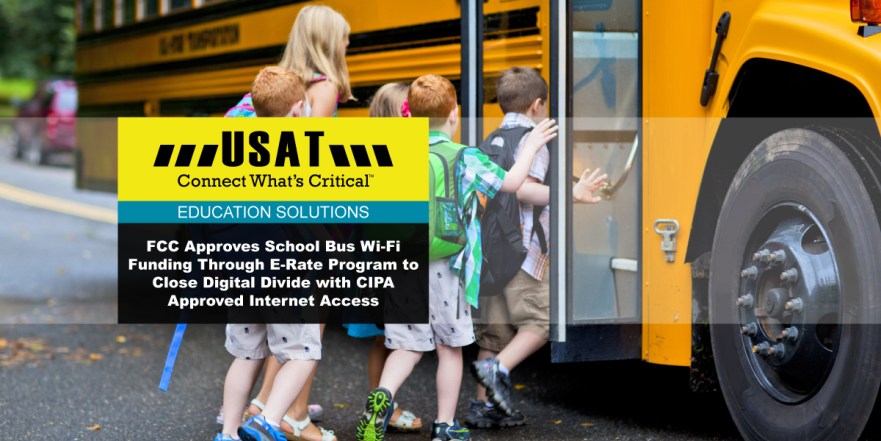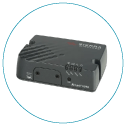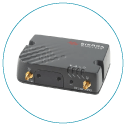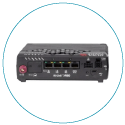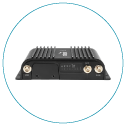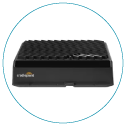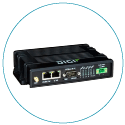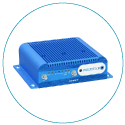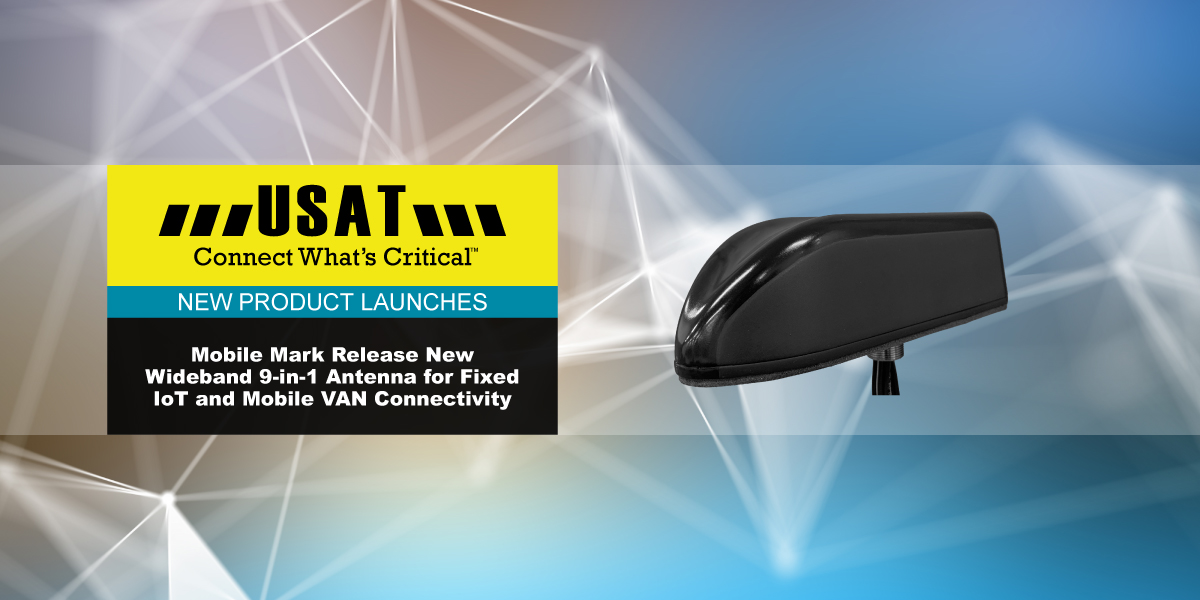E-Rate Funding Can Be Used for School Bus Wi-Fi
In a significant decision, the Federal Communications Commission (FCC) has voted to allow schools to use E-Rate program funds to equip school buses with Wi-Fi, offering students - especially those in remote areas - an opportunity to harness their commute time for productive learning. The ruling comes after realizing the digital divide underscored by the COVID-19 pandemic.
What Is The E-Rate Program?
The E-Rate program, established in 1996 under the Telecommunications Act, has traditionally provided funds to libraries and schools for basic internet connections. Over time, it has evolved to include support for Wi-Fi hotspots within school buildings, but including school buses has been a longstanding omission.
Despite concerns from critics, advocates argue that school bus Wi-Fi extends the learning environment, similar to libraries and cafeterias, where students can focus on their studies. Additionally, research suggests that having Wi-Fi on school buses can improve student behavior during the commute.
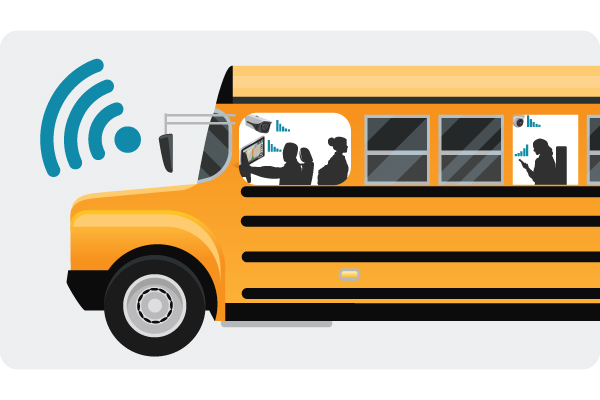
This move is part of a broader effort by the FCC to provide essential technology services to schools and reflects the evolving nature of education and the importance of adapting to technology's increasing role in students' lives. With the digital gap in education becoming more apparent, providing internet access during bus commutes ensures that students can make the most of their time, closing the homework gap and increasing overall connectivity for learning.
Beyond school bus Wi-Fi, the FCC Chairwoman has proposed a pilot program to allocate competitive grants for schools and libraries to increase cybersecurity measures against recent years' increasing and sophisticated cyber threats.
The Digital Divide and the Homework Gap
The digital divide and the homework gap have become increasingly critical issues in education. The digital divide refers to the gap between those with access to the internet and digital devices and those without access. This gap was amplified during the pandemic when remote learning became the norm.
A fundamental challenge during the COVID-19 pandemic was unequal access to education resources, especially among students in rural or underserved areas. With many aspects of education shifting online, students without reliable internet access found themselves at a significant disadvantage. While efforts have been made to improve broadband access at home, the issue of connectivity during school commutes remained unaddressed.
This new ruling by the FCC acknowledges the changing landscape of education and takes a significant step towards providing equitable opportunities for all students, regardless of their geographic location. With school bus Wi-Fi, students can access educational resources during their daily commutes - which can be quite long for students in rural areas - turning unproductive travel time into valuable learning opportunities.
The homework gap refers explicitly to the disparity in internet access for students outside of school. While students have access to the same resources physically at school, the homework gap significantly impacts their ability to complete assignments, engage in online learning, and access educational resources. School bus Wi-Fi can help bridge this gap by providing internet access to students during their commute, ensuring they have the tools they need to succeed academically.
As the digital landscape of education continues to evolve, policymakers, educators, and communities must collaborate to find innovative solutions that ensure all students have access to the resources and opportunities they need to thrive. The expansion of E-Rate funding to cover school bus Wi-Fi is a promising step in this direction, but it also highlights the need for ongoing adaptability and investment in technology to support education in the 21st century.
About USAT
USAT specializes in designing and deploying fixed and mobile wireless data connectivity solutions for educational institutions of all sizes — complete with implementation, training, proof of concept (POC), system auditing, and on-site RF surveying services with optional engineering maintenance contracts.
Our team not only helps you select, provision, and activate devices, we make sure they work in practical applications and real-life situations.
USAT is uniquely equipped to provide secure cellular communications solutions for public and private schools across the USA. With our extensive catalog of world-class routers, gateways, and software designed for remote monitoring and management in even the harshest environments — you can count on us to get and keep you connected.
Better connectivity translates to less manual equipment maintenance, reduced downtime, and an overall increase in your operational ROI. Contact the experts at USAT to learn how our wireless networking solutions can help meet your organization's exacting needs.
Share this Post

